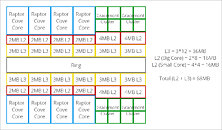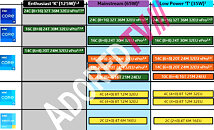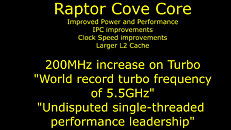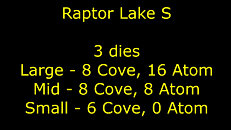IPC Comparisons Between Raptor Cove, Zen 4, and Golden Cove Spring Surprising Results
OneRaichu, who has access to engineering samples of both the AMD "Raphael" Ryzen 7000-series, and Intel 13th Gen Core "Raptor Lake," performed IPC comparisons between the two, by disabling E-cores on the "Raptor Lake," fixing the clock speeds of both chips to 3.60 GHz, and testing them across a variety of DDR5 memory configurations. The IPC testing was done with SPEC, a mostly enterprise-relevant benchmark, but one that could prove useful in tracing where the moderately-clocked enterprise processors such as EPYC "Genoa" and Xeon Scalable "Sapphire Rapids" land in the performance charts. OneRaichu also threw in scores obtained from a 12th Gen Core "Alder Lake" processor for this reason, as its "Golden Cove" P-core powers "Sapphire Rapids" (albeit with more L2 cache).
With DDR5-4800 memory, and testing on SPECCPU2017 Rate 1, at 3.60 GHz, the AMD "Zen 4" core ends up with the highest scores in SPECint, topping even the "Raptor Cove" P-core. It scores 6.66, compared to 6.63 total of the "Raptor Cove," and 6.52 of the "Golden Cove." In the SPECfp tests, however, the "Zen 4" core falls beind "Raptor Cove." Here, scores a 9.99 total compared to 9.91 of the "Golden Cove," and 10.21 of the "Raptor Cove." Things get interesting at DDR5-6000, a frequency AMD considers its "sweetspot," The 13th Gen "Raptor Cove" P-core tops SPECint at 6.81, compared to 6.77 of the "Zen 4," and 6.71 of "Golden Cove." SPECfp sees the "Zen 4" fall behind even the "Golden Cove" at 10.04, compared to 10.20 of the "Golden Cove," and 10.46 of "Raptor Cove."
With DDR5-4800 memory, and testing on SPECCPU2017 Rate 1, at 3.60 GHz, the AMD "Zen 4" core ends up with the highest scores in SPECint, topping even the "Raptor Cove" P-core. It scores 6.66, compared to 6.63 total of the "Raptor Cove," and 6.52 of the "Golden Cove." In the SPECfp tests, however, the "Zen 4" core falls beind "Raptor Cove." Here, scores a 9.99 total compared to 9.91 of the "Golden Cove," and 10.21 of the "Raptor Cove." Things get interesting at DDR5-6000, a frequency AMD considers its "sweetspot," The 13th Gen "Raptor Cove" P-core tops SPECint at 6.81, compared to 6.77 of the "Zen 4," and 6.71 of "Golden Cove." SPECfp sees the "Zen 4" fall behind even the "Golden Cove" at 10.04, compared to 10.20 of the "Golden Cove," and 10.46 of "Raptor Cove."







































